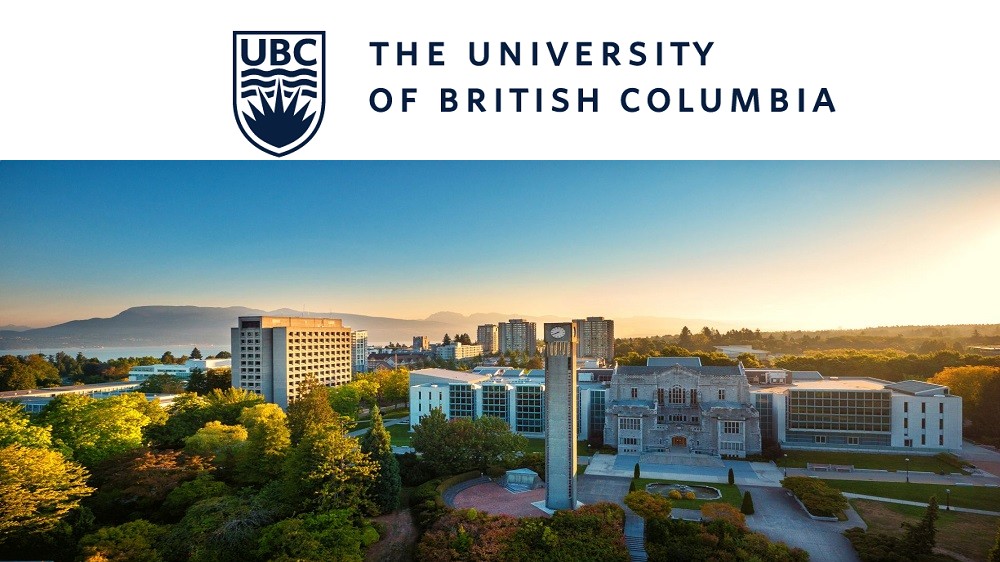The United States remains one of the most popular destinations for individuals seeking new career opportunities, advanced education, and a chance to experience the American Dream. For many, obtaining a visa to live and work in the U.S. hinges on finding an employer or institution willing to sponsor their application. In 2025, the landscape of visa sponsorship continues to evolve, offering new pathways, challenges, and opportunities for international talent.
This comprehensive guide explores the various U.S. visa sponsorship opportunities available in 2025, including work visas, family-based sponsorship, and emerging trends in immigration policies.
Why Visa Sponsorship Matters
Visa sponsorship is a critical element of the U.S. immigration process. It serves as the foundation for many temporary and permanent visa applications. Sponsorship generally involves an employer, family member, or organization petitioning on behalf of the applicant to establish their eligibility for a specific visa category.
In the case of employment-based visas, sponsorship demonstrates to U.S. immigration authorities that the applicant’s skills are in demand and that the sponsoring employer is committed to hiring them. Family-based sponsorship, on the other hand, helps reunite families by allowing U.S. citizens and lawful permanent residents to bring relatives to the United States.
Employment-Based Visa Categories
Employment-based visas are among the most common sponsorship pathways. These visas are categorized as either temporary (non-immigrant) or permanent (immigrant).
Temporary Work Visas
Temporary work visas allow foreign nationals to work in the U.S. for a fixed period. These visas typically require an employer to file a petition on behalf of the applicant. Here are some of the most sought-after temporary work visas in 2025:
- H-1B Visa
- Overview: The H-1B visa remains the most popular visa for skilled professionals, particularly in industries such as technology, healthcare, and finance.
- Sponsorship Requirements: Employers must demonstrate that the job requires specialized knowledge and that the applicant has the necessary qualifications, such as a bachelor’s degree or equivalent.
- Annual Cap: The annual cap for H-1B visas is 85,000, which includes 20,000 slots reserved for applicants with advanced degrees from U.S. institutions.
- Trends in 2025: With a focus on STEM fields, there is an increased emphasis on hiring foreign nationals with expertise in artificial intelligence, renewable energy, and cybersecurity.
- L-1 Visa
- Overview: The L-1 visa is designed for intra-company transferees. It allows multinational companies to transfer employees to their U.S. offices.
- Eligibility: The applicant must have worked for the sponsoring employer outside the U.S. for at least one year within the last three years.
- Benefits: There is no annual cap, making it a flexible option for global companies.
- O-1 Visa
- Overview: The O-1 visa is for individuals with extraordinary ability in fields such as arts, sciences, education, business, or athletics.
- Sponsorship Requirements: Applicants must provide evidence of their exceptional achievements, such as awards, publications, or recognition by peers.
- H-2B Visa
- Overview: This visa is for non-agricultural seasonal workers, commonly used in industries like hospitality, construction, and landscaping.
- Annual Cap: The cap for H-2B visas in 2025 is 66,000, with additional visas available for returning workers.
- E-2 Visa
- Overview: The E-2 visa is for investors and entrepreneurs from treaty countries who are investing a substantial amount in a U.S. business.
- Sponsorship Requirements: Applicants must demonstrate control of the investment and that their enterprise will generate jobs for U.S. workers.
Permanent Work Visas (Green Cards)
Permanent employment-based visas allow individuals to live and work in the U.S. indefinitely. These visas are divided into five preference categories:
- EB-1: Priority Workers
- Reserved for individuals with extraordinary abilities, outstanding professors or researchers, and multinational executives.
- Requires significant documentation of accomplishments.
- EB-2: Professionals with Advanced Degrees
- Requires either an advanced degree or exceptional ability in a specific field.
- National Interest Waivers (NIW) are available for applicants whose work benefits the U.S.
- EB-3: Skilled Workers and Professionals
- Covers professionals with bachelor’s degrees and skilled workers with at least two years of training or experience.
- Requires labor certification to demonstrate no qualified U.S. workers are available for the position.
- EB-4: Special Immigrants
- Includes religious workers, international organization employees, and certain other categories.
- EB-5: Immigrant Investor Program
- Requires a significant investment (typically $800,000 or $1,050,000) in a U.S. business that creates at least 10 full-time jobs for U.S. workers.
Family-Based Visa Sponsorship
Family-based sponsorship remains a vital component of the U.S. immigration system, facilitating the reunification of families. This category is divided into two main groups:
- Immediate Relatives of U.S. Citizens
- Includes spouses, unmarried children under 21, and parents of U.S. citizens aged 21 or older.
- There is no annual cap for these visas.
- Family Preference Categories
- These categories include more distant relatives, such as siblings of U.S. citizens and unmarried adult children of permanent residents.
- Unlike immediate relatives, these categories are subject to annual numerical limits.
Sponsorship for Students and Exchange Visitors
Educational institutions often sponsor students and exchange visitors under the following visa categories:
- F-1 Visa
- For academic students enrolled in U.S. institutions.
- Offers Optional Practical Training (OPT) and STEM OPT extensions, allowing students to work temporarily after graduation.
- J-1 Visa
- For exchange visitors participating in programs such as research, teaching, or internships.
- Sponsorship is provided by designated exchange program sponsors.
- M-1 Visa
- For vocational or non-academic students.
Key Trends in 2025
Several factors are shaping the U.S. visa sponsorship landscape in 2025:
- Increased Demand for STEM Talent
- The U.S. continues to prioritize skilled workers in STEM fields to remain competitive globally.
- Programs such as the H-1B and EB-2 NIW cater to this demand.
- Focus on Diversity
- Initiatives like the Diversity Visa Lottery aim to promote inclusivity by offering 55,000 green cards annually to individuals from underrepresented countries.
- Remote Work and Immigration
- As remote work trends persist, immigration policies are adapting to accommodate global talent working for U.S. companies from abroad.
- Policy Changes
- Immigration reform efforts in 2025 may impact visa caps, processing times, and eligibility criteria. Staying informed is essential.
Challenges in Visa Sponsorship
While visa sponsorship opens doors, it comes with challenges, including:
- Lengthy Processing Times
- Backlogs in visa processing can delay applications.
- Complex Documentation
- Employers and applicants must navigate complex legal requirements.
- Competition for Limited Slots
- Popular visas like the H-1B are oversubscribed, making selection competitive.
How to Increase Your Chances of Securing Sponsorship
- Research Potential Employers
- Focus on companies known for sponsoring visas, particularly in your field.
- Tailor Your Skills
- Acquire skills in high-demand areas, such as AI, data science, and green technologies.
- Leverage Networking
- Use platforms like LinkedIn to connect with potential sponsors and industry professionals.
- Consider Internships
- Internships can lead to job offers and sponsorship opportunities.
- Work with Immigration Attorneys
- Legal experts can guide you through the process and ensure compliance.
Conclusion
Navigating U.S. visa sponsorship opportunities in 2025 requires a thorough understanding of the various visa categories, eligibility requirements, and the evolving immigration landscape. Whether you’re a skilled professional, a student, or a family member seeking sponsorship, staying informed and proactive can significantly increase your chances of success.
As the U.S. continues to attract global talent, the opportunities for visa sponsorship remain vast. With proper planning and preparation, you can take advantage of these pathways to achieve your American Dream.




